How To Reduce Echo In A Room Or Office?
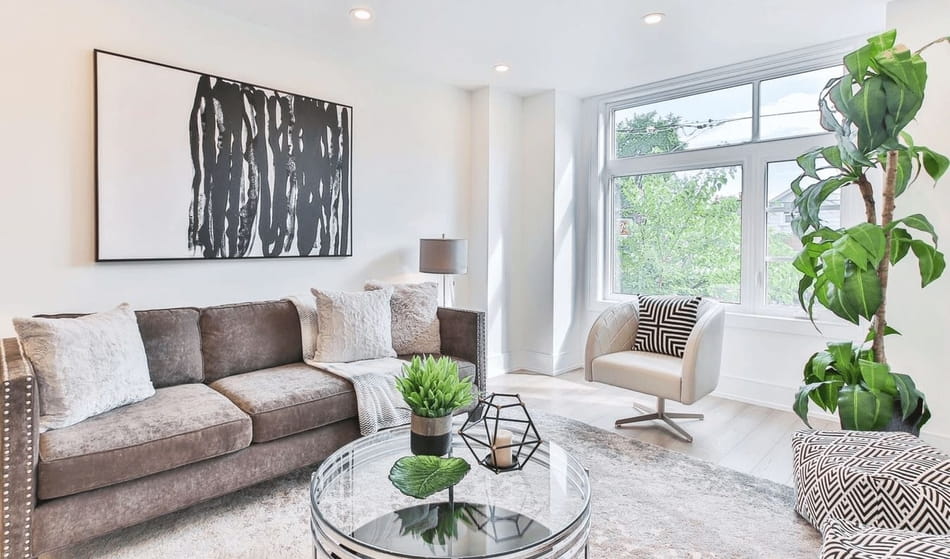
The presence of an Echo in a room is nothing new, even today, many rooms have a problem with it. However, you should not panic, as this problem can be fixed. Ideally, echoes should be non-existent in any room in your home.
Therefore, when selecting which areas to focus on for reducing echoes, it is best to pay attention to those where people spend most of their time. These areas are usually the family rooms, workplaces, and meeting rooms.
If echo is constantly present in the rooms where you live and have meetings, this can create an additional problem. In this article, we’ll explain everything you need to know about echo and how to solve this issue. So, let’s start!
How To Reduce Echo In A Room Or Office? To reduce echo in a room or office, add soft materials like rugs, curtains, or upholstered furniture. Placing these elements around the room helps disrupt sound waves, minimizing echoes. Additionally, installing soundproof panels can reduce sound reflections, providing a more echo-free environment.
As we have seen, echo can be reduced in a room or a business office. But before diving into those, I’ll first discuss why some rooms are prone to echo while others are not. Also, we will go through some methods and ways to lessen the echo in your room.
Why Do Empty Rooms Have An Echo?
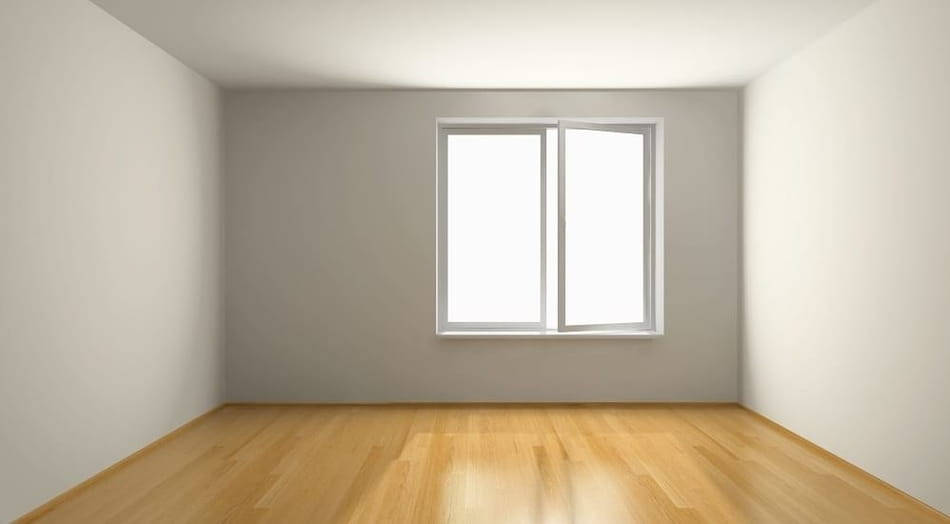
So, what makes an empty room more echo-prone than a furnished one? This can be explained simply with physics. In an empty space, no obstructions interrupt the sound waves, allowing them to freely bounce off floors, walls, and ceilings. For that reason, adding furniture in a room can help reduce unwanted echoes.
But when it comes to big rooms and offices, particularly those with high ceilings, reducing echoes becomes more challenging. These large rooms give sound waves more space to circulate. That’s why it is important that rooms have a lot of furniture inside to eliminate echoes, especially in large spaces.
However, it is not possible to add sound-absorbing decor in every area. For instance, conference rooms typically have a standard layout with a table, chairs, a screen, and perhaps a few plants. Although they will reduce the echo a little, it will still be in the room to some degree.
A better way to solve this issue would be to prevent sound reflections off walls and floors directly. Floors, in most cases, can contribute significantly to noise and echo.
As a rule of thumb, harder surfaces tend to reflect much more sound, making rooms more susceptible to echo.
For a room to reduce echo to a minimum, it is recommended to have as much as possible soft surfaces if it wants to absorb sound. An example of how to achieve this is to furnish a room by using thick carpeting. It’s best to use wall-2-wall carpets for conference rooms to cover the floors.
Related Article: Can You Soundproof A Room Without Damaging Walls?
Best Materials To Use To Reduce Echo In A Room
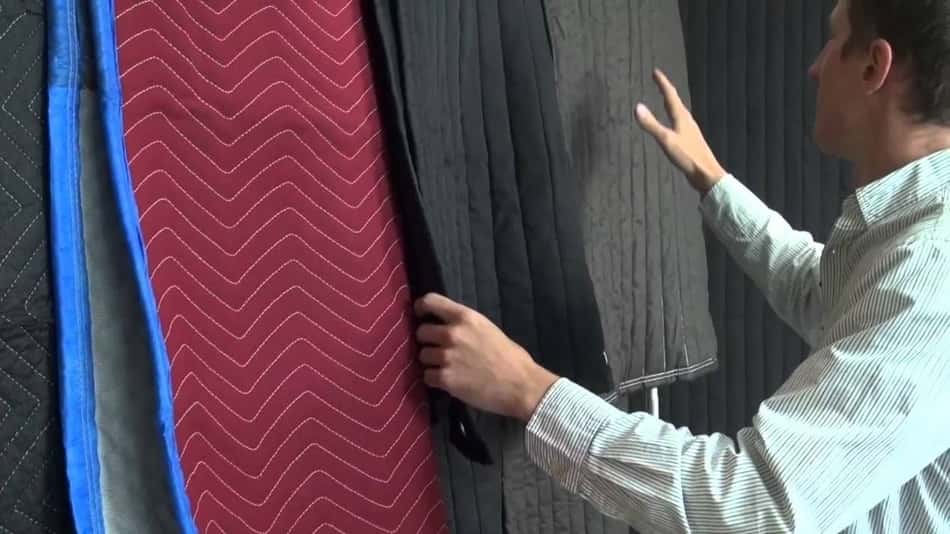
As mentioned earlier, echoes are the result of sound waves that move without interference. Adding more furniture causes these waves to rebound more often, which causes sound waves to quickly lose energy.
Nevertheless, common furniture pieces like desks, chairs, and storage units are usually made from wood, plastic, or metal materials that are not good when it comes to absorbing echo.
Therefore, incorporating porous or plush materials is a secondary step in battling echo. Softer materials, like those found in sofa cushions, have much better properties at absorbing sound, unlike their harder counterparts.
Indeed, the best materials used for sound-absorbing are typically made of fabric or some type of soft foam. At the same time, these materials can also provide some soundproofing, its not their primary function.
There are 3 types of soundproof materials such as: Permeable dampeners, barrier dampeners, and vibratory dampeners.
9 Ways On How To Reduce Echo In A Room or Office
Now that we have described what to pay attention to and what causes echo in a room, we will explain how to reduce the echo. We’ll start with more aesthetic-friendly methods and finish with some professional-grade solutions.
Note! Some tips on this list may require professional skills.
1. Install Sound Absorbing Curtains
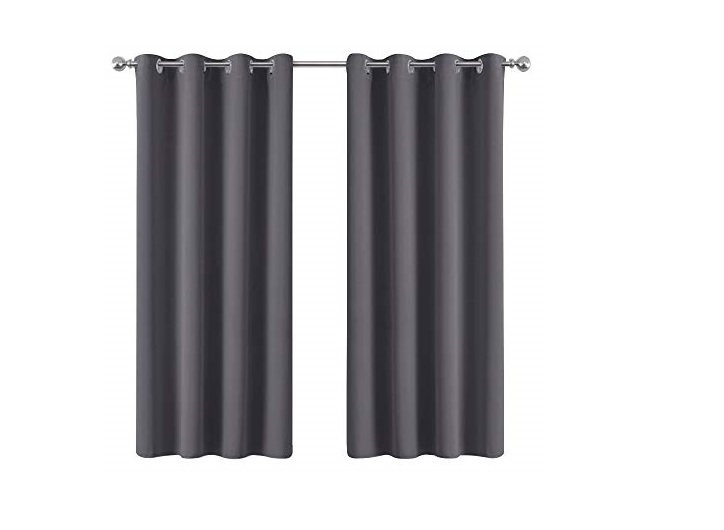
> Buy Sound Absorbing Curtains HERE <
Placing sound-absorbing curtains can drastically reduce echo in a room. Dense and heavy fabrics are good choices when it comes to reducing the echo. This is a very easy thing to do: if the room lacks curtain rods, all you need to do is to drill a hole and get some screws.
Otherwise, any local home improvement store can find all the required fixtures like rods, rails, and brackets.
Of course, you can always hire a professional if you don’t feel capable of doing it yourself. However, this task is not complicated and can be done easily. You might even consider soundproof curtains.
Neutral shades like beige or gray make a great choice for professional environments. Regardless, curtains can serve as an aesthetically pleasing solution for both home and office settings.
2. Add Large Bookshelves In A Room

Including large furniture in a room you wish to soundproof is always beneficial, as it interrupts the path where sound travels. Specifically, wooden shelves are excellent as they can be loaded with books. The paper provides great sound absorption properties, so a shelf filled with it can help dampen echoes.
Bookshelves that don’t have back panels allow sound waves to pass through, so they are hit with a wall behind, which can still generate some level of echo. However, bookshelves with back panels help disperse the vibrations they receive, thus reducing echo.
3. Add Rugs or Carpets Inside A Room Or Office
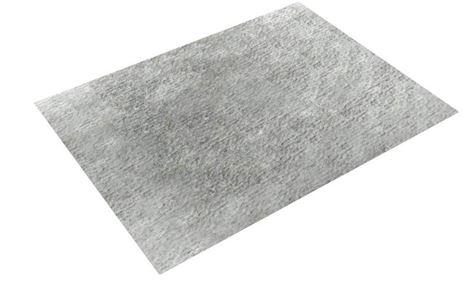
Another easy method that can be used is to add a rug inside a room. This is an effective method that can improve the room’s aesthetic but also significantly reduce echo.
As noted earlier, wooden floors often contribute heavily to echo. Covering portions of your floor can lead to a perceptible improvement in the room’s acoustics. For the most impact, consider installing wall-2-wall carpeting.
Just like curtains, rugs, with their diverse colors, textures, and designs, can significantly influence a room’s ambiance. Some people even hang decorative rugs on the walls for a unique touch. That said, room rugs may not be the best fit for a professional office setting.
In such cases, fully carpeting the floor may be a more suitable solution. If you have a business room, consider adding a carpet.
4. Install Acoustic Foam Or Fabric Panels
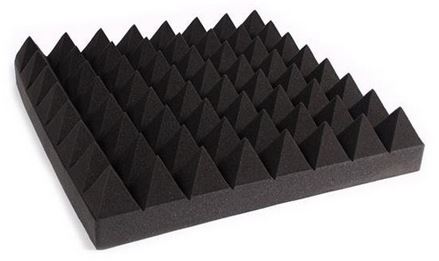
Acoustic foam is probably the best choice for individuals who want to reduce the echo within their room. Available online or at a local home improvement shop, this squishy, textured material is designed to intercept sound waves before they can bounce off a wall.
This foam can be attached directly to any wall or ceiling within a room using a special adhesive spray. It’s important to remember that acoustic materials can significantly influence a room’s aesthetics, as they are available in different shapes, sizes, and colors.
Fabric panels that absorb sound can also prevent sound from reflecting off your walls. Fabric panels consist of fabric-encased porous material supported by a solid wooden backing that can be affixed to your walls, which blends well in both home and office environments.
5. Get a Sofa Or Couch In A Room
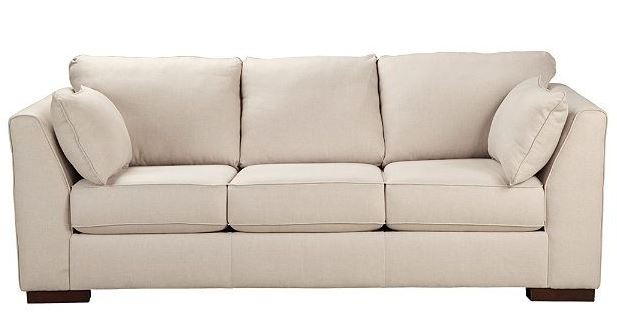
As we’ve already mentioned, furniture, particularly one that is made of soft materials, usually improves a room’s acoustics. Therefore, if you want to reduce echo, get a big sofa instead of a small one. Although, even a leather couch can interfere with the trajectory of sound waves, minimizing echo.
When furnishing an empty space, you should experiment with adding and arranging furniture until you’re pleased with the reduction in echo.
6. Use Fabric Blinds (Instead Of Metal Blinds)
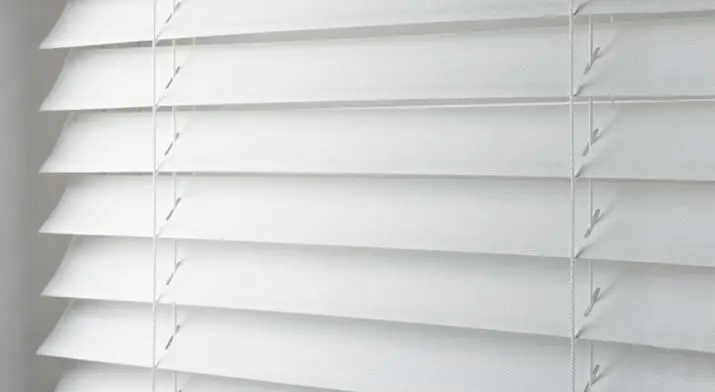
If you want to reduce echo, consider replacing metal blinds (if you have them) with fabric ones. Metal blinds are not good and have rigid surfaces, leading to sound rejection, while fabric blinds can absorb and muffle the sound.
Furthermore, metal blinds tend to make an irritating loud sound when adjusted or stirred by the wind. On the other hand, fabric blinds are virtually silent when operated and are less prone to rustling in a breeze.
7. Place Sound-Absorbing Plants In The Room

> Buy Sound-Absorbing Plants HERE <
Placing plants into your space can be an appealing and effective way to reduce echo. Unlike other methods that might only enhance comfort, plants have a wide range of applications and can be integrated into both residential and business rooms. Large, leafy potted plants can fill space in more expansive rooms, contributing to echo reduction.
8. Add Soundproof Blankets On The Wall
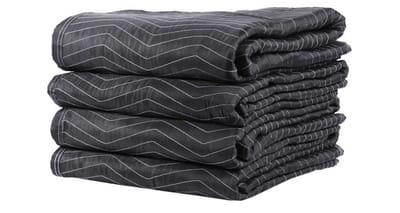
> Buy Soundproof Blankets HERE <
Just as curtains, blankets can play a role in reducing the echo within a room. However, it’s clear they may not be the most suitable option if you have a professional meeting with clients.
Similar to rugs and curtains, soundproof blankets infuse a room with a cozy and welcoming vibe, which is not the aesthetic you’re aiming for in an office.
However, blankets can serve a dual purpose, not only improving acoustics but also aiding in soundproofing. It’s not uncommon for musicians to add soundproof blankets and some type of fabrics to ensure their audio recordings aren’t contaminated by unwanted echoes.
This is achieved by draping a blanket over the the microphone to isolate the singer’s voice.
Blankets could also be placed on walls akin to curtains or wall hangings. Naturally, some types of blankets are much more better than others when it comes to dampening echoes, like specially designed soundproof blankets.
On the other hand, if you want to know more about soundproof blankets, be sure to read my article Are Moving Blankets Soundproof? (Explained).
9. Reduce The Ceiling In The Room
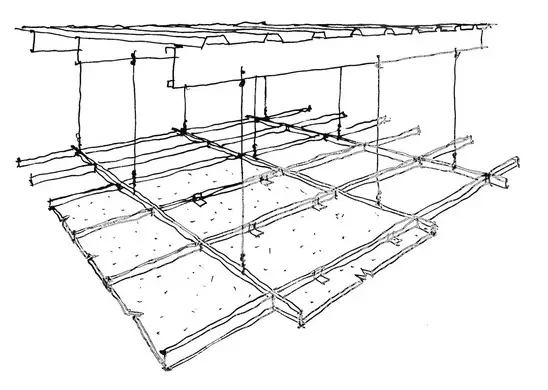
If a room’s dimensions, especially its height, are responsible for the echo in the room, it may be necessary to reduce the ceiling height in a room. This can be achieved by designing a wooden framework and building a lower ceiling, likely requiring professional builders.
However, there are also other methods that can be used to lower the ceiling, for instance, as previously mentioned, you can stick acoustic foam directly onto the ceiling.
Want to learn more about this topic, be sure to watch this video:
Related Article: Can A False Ceiling Reduce Noise? Explained
Final Thoughts
Now that we have gone through the entire article, we can see that reducing an echo within a room can be done in a lot of ways, where some of them are simple, and some are complicated and require professional help.
However, before starting, I’d recommend that you see which method works best for you. Indeed, all the tips provided offer some level of echo reduction, but it’s crucial to understand that each room is unique.
In the end, every space will require some alterations and potentially some furniture reshuffling until you discover the perfect blend of actions that completely eliminate the echo. Keeping this in mind, I firmly believe that any room you choose to enhance can indeed reach a pleasantly echo-free environment.
